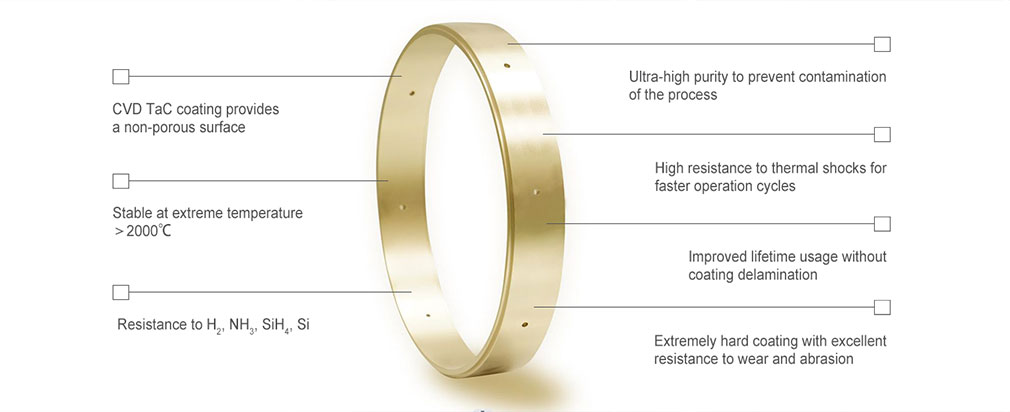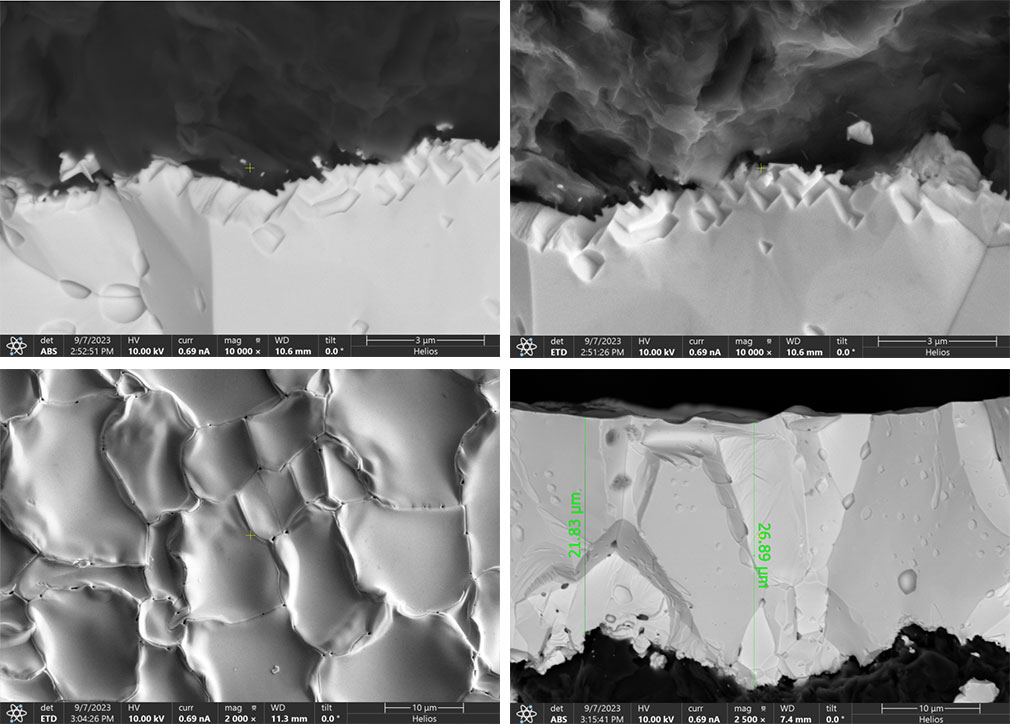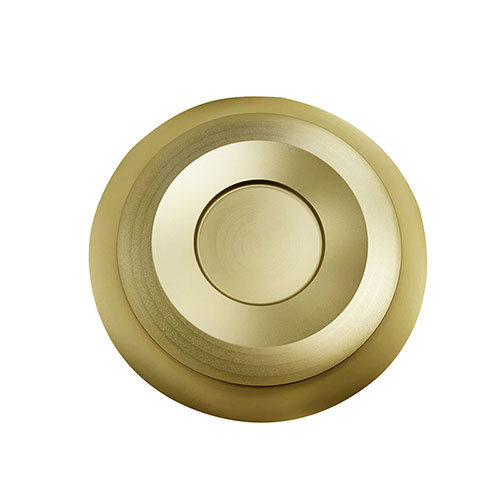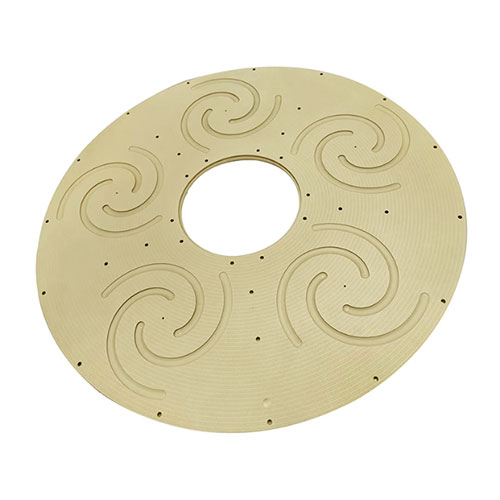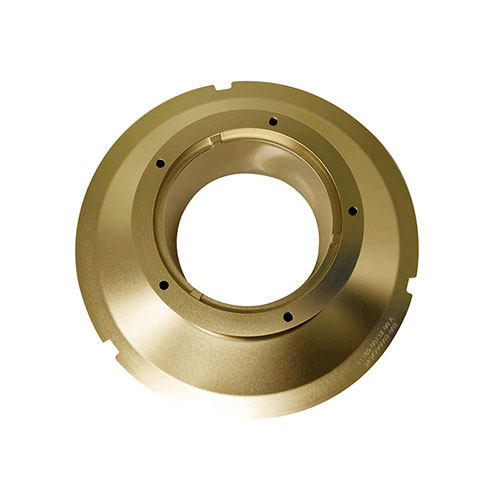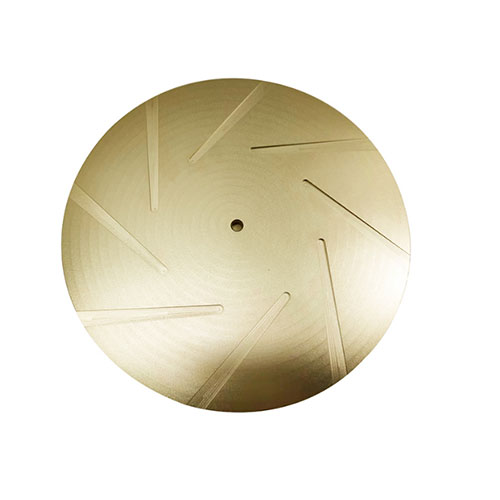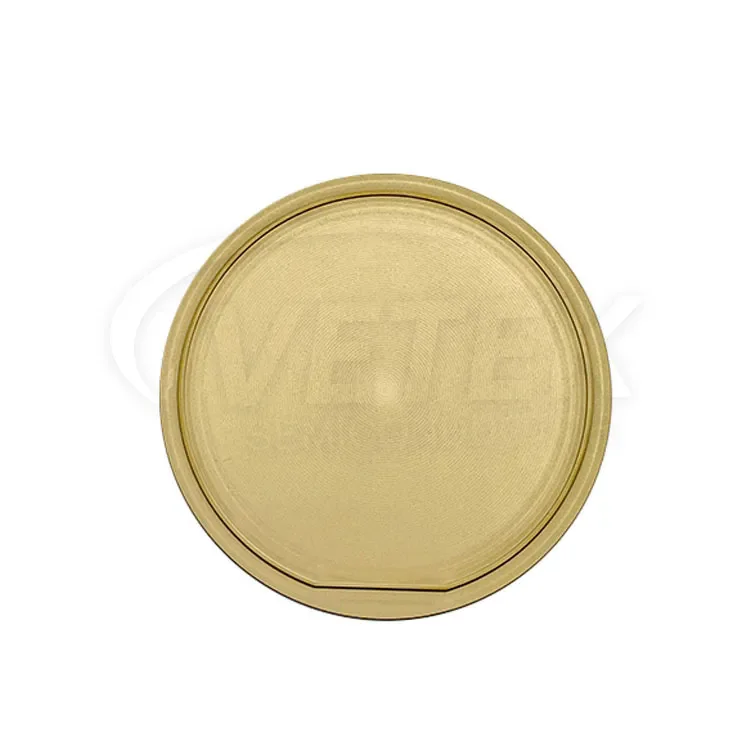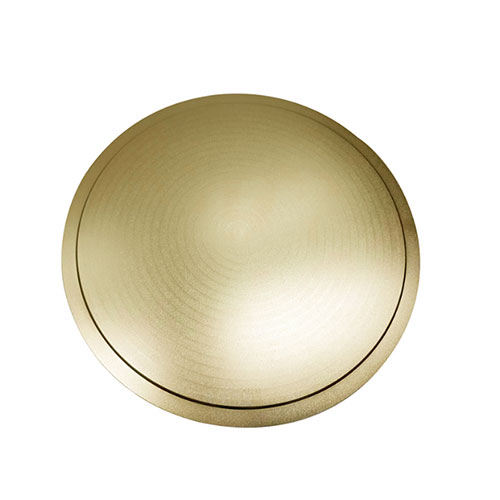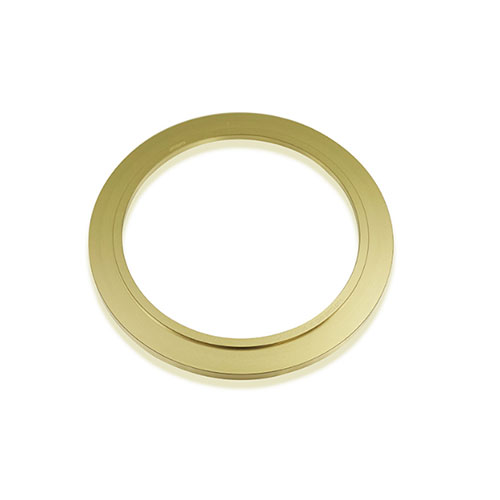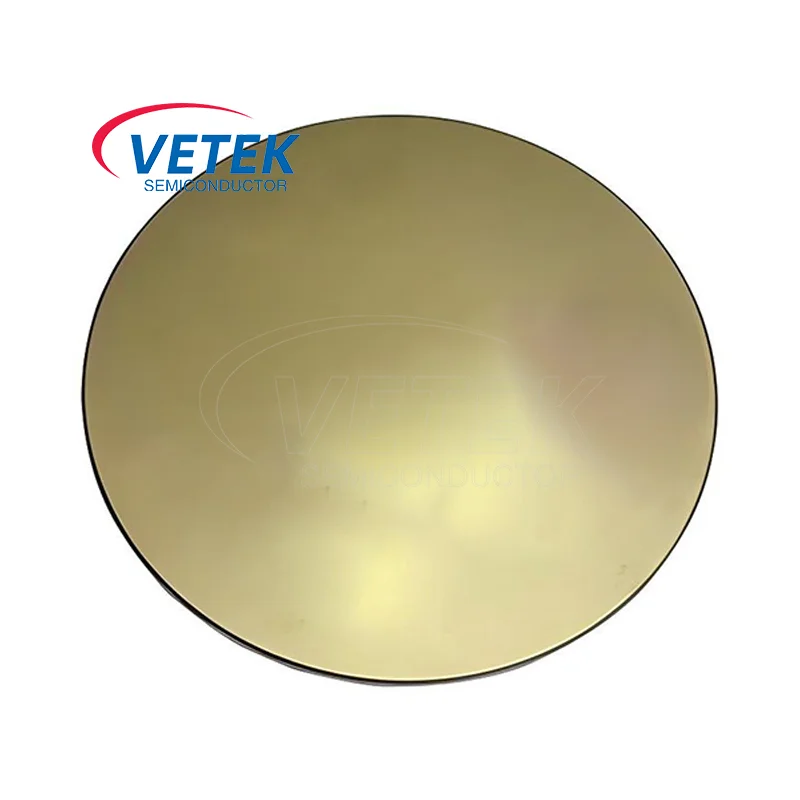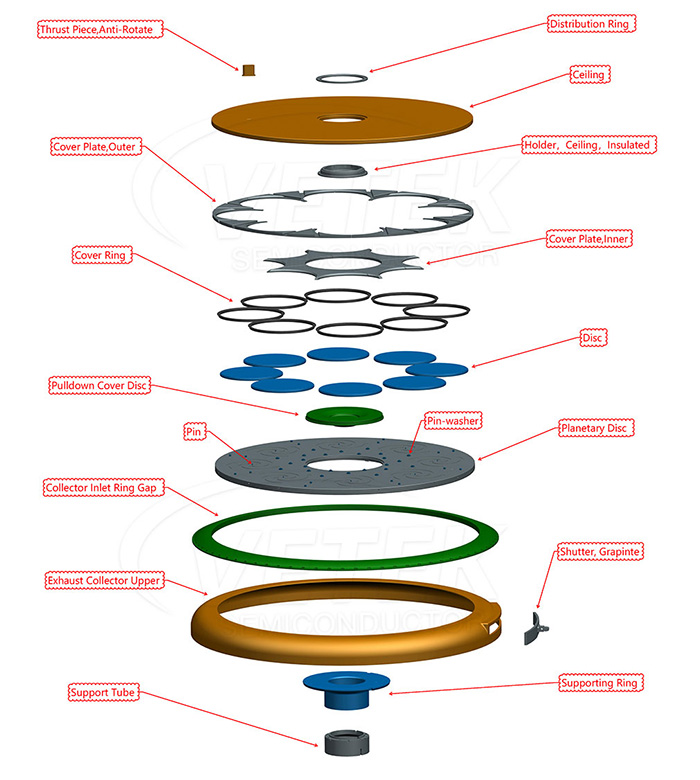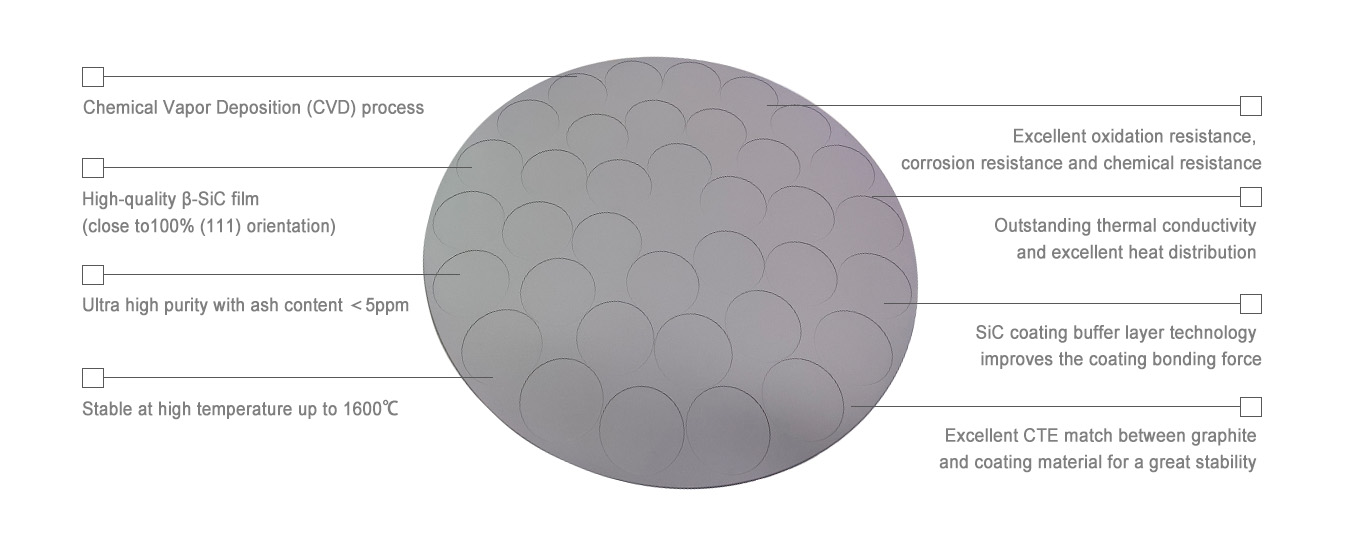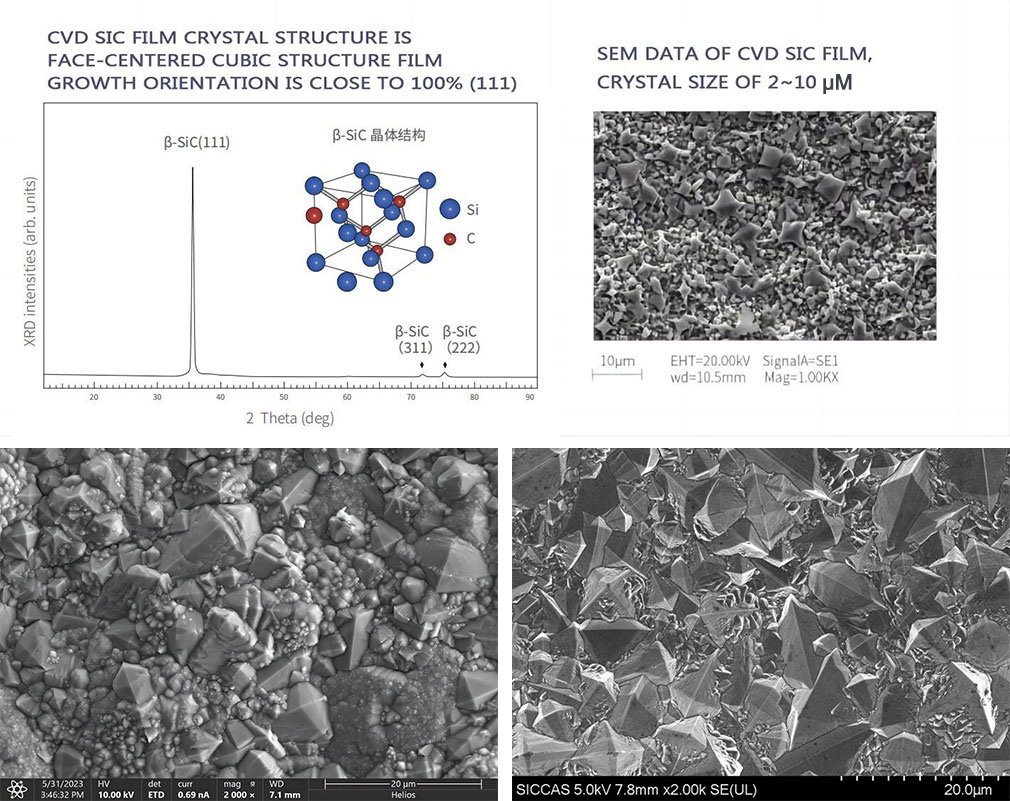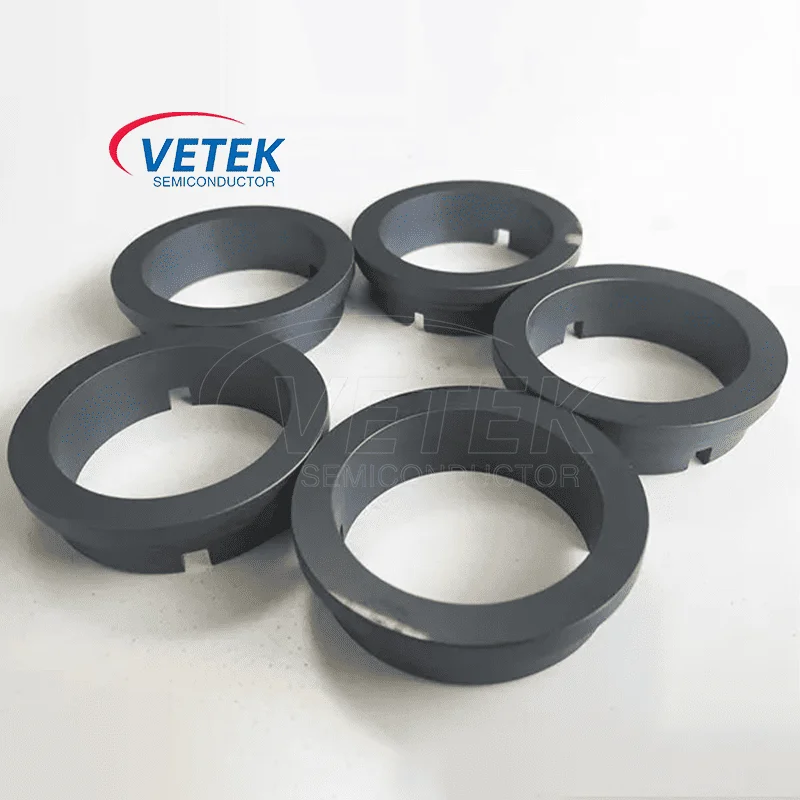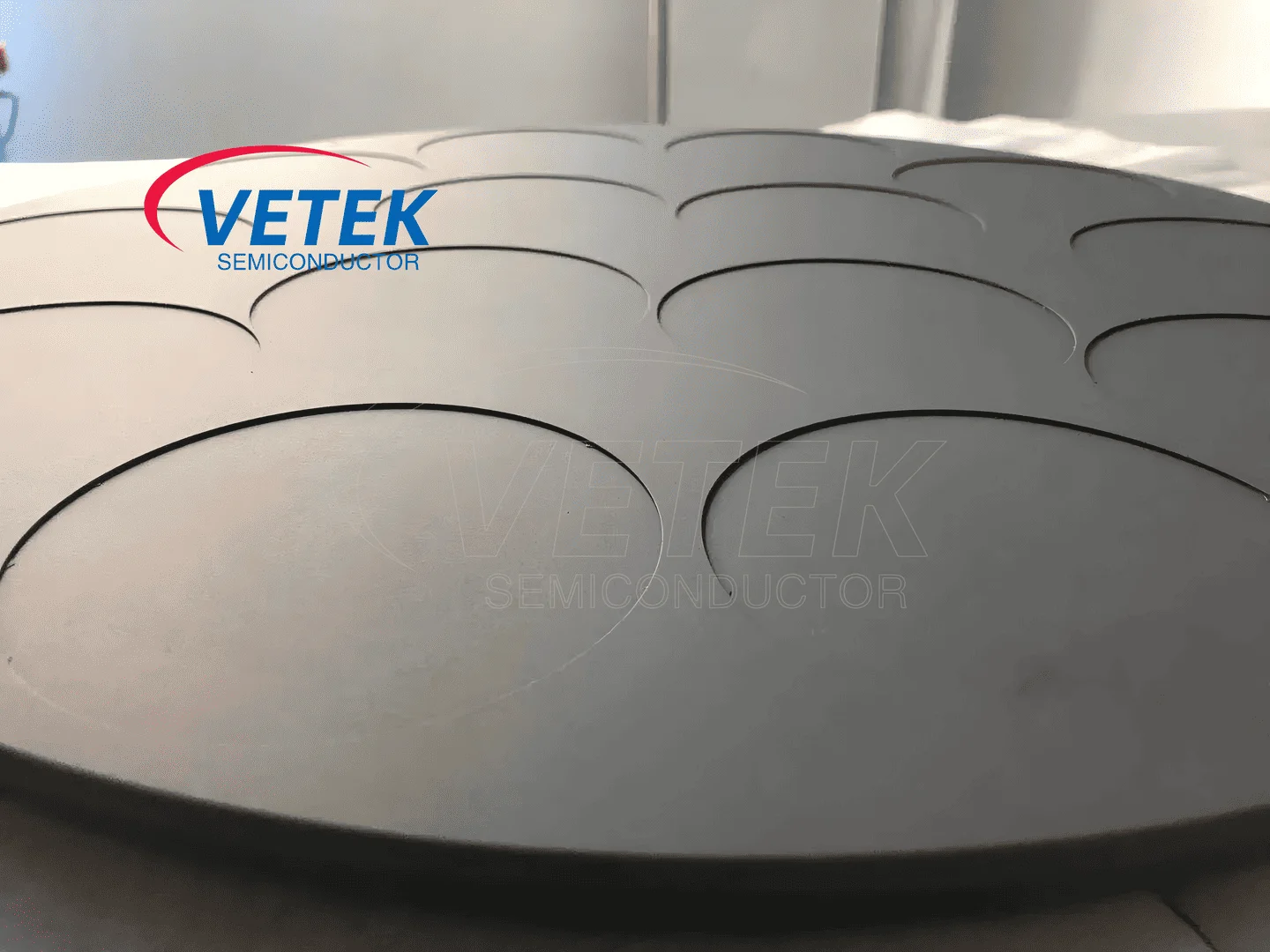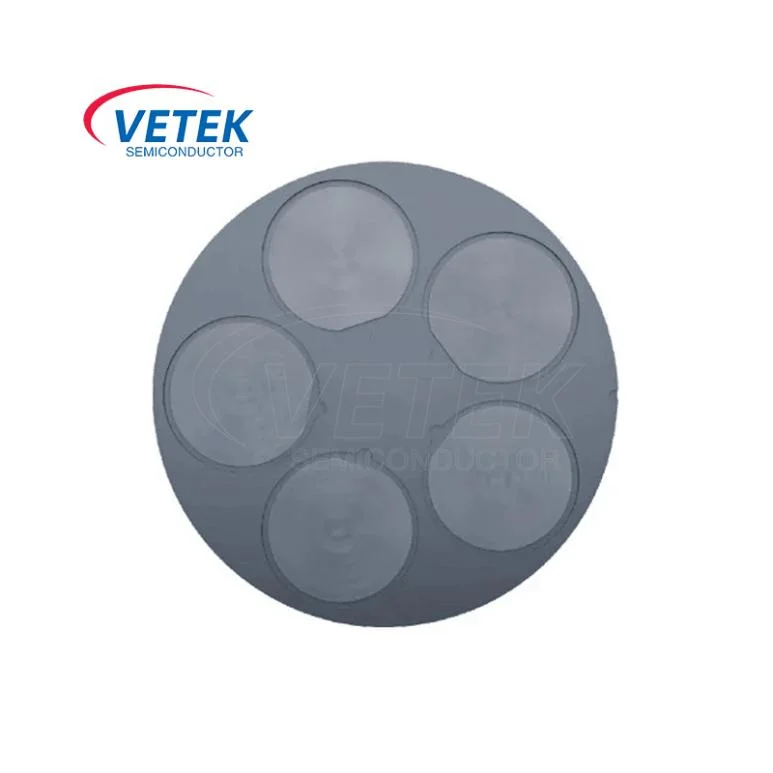
- English
- Español
- Português
- русский
- Français
- 日本語
- Deutsch
- tiếng Việt
- Italiano
- Nederlands
- ภาษาไทย
- Polski
- 한국어
- Svenska
- magyar
- Malay
- বাংলা ভাষার
- Dansk
- Suomi
- हिन्दी
- Pilipino
- Türkçe
- Gaeilge
- العربية
- Indonesia
- Norsk
- تمل
- český
- ελληνικά
- український
- Javanese
- فارسی
- தமிழ்
- తెలుగు
- नेपाली
- Burmese
- български
- ລາວ
- Latine
- Қазақша
- Euskal
- Azərbaycan
- Slovenský jazyk
- Македонски
- Lietuvos
- Eesti Keel
- Română
- Slovenski
- मराठी
- Srpski језик
Wafer
Wafer
Wafer Substrate is a wafer made of semiconductor single crystal material. The substrate can directly enter the wafer manufacturing process to produce semiconductor devices, or it can be processed by epitaxial process to produce epitaxial wafers.
Wafer Substrate, as the basic supporting structure of semiconductor devices, directly affects the performance and stability of the devices. As the "foundation" for semiconductor device manufacturing, a series of manufacturing processes such as thin film growth and lithography need to be carried out on the substrate.
Summary of substrate types:
● Single crystal silicon wafer: currently the most common substrate material, widely used in the manufacture of integrated circuits (ICs), microprocessors, memories, MEMS devices, power devices, etc.;
● SOI substrate: used for high-performance, low-power integrated circuits, such as high-frequency analog and digital circuits, RF devices and power management chips;
● Compound semiconductor substrates: Gallium arsenide substrate (GaAs): microwave and millimeter wave communication devices, etc. Gallium nitride substrate (GaN): used for RF power amplifiers, HEMT, etc. Silicon carbide substrate (SiC): used for electric vehicles, power converters and other power devices Indium phosphide substrate (InP): used for lasers, photodetectors, etc.;
● Sapphire substrate: used for LED manufacturing, RFIC (radio frequency integrated circuit), etc.;
Vetek Semiconductor is a professional SiC Substrate and SOI substrate supplier in China. Our 4H semi-insulating type SiC substrate and 4H Semi Insulating Type SiC Substrate are widely used in key components of semiconductor manufacturing equipment.
Vetek Semiconductor is committed to providing advanced and customizable Wafer Substrate products and technical solutions of various specifications for the semiconductor industry. We sincerely look forward to becoming your supplier in China.
ALD
ALD
Thin film preparation processes can be divided into two categories according to their film forming methods: physical vapor deposition (PVD) and chemical vapor deposition (CVD), of which CVD process equipment accounts for a higher proportion. Atomic layer deposition (ALD) is one of the chemical vapor deposition (CVD).
Atomic layer deposition technology (Atomic Layer Deposition, referred to as ALD) is a vacuum coating process that forms a thin film on the surface of a substrate layer by layer in the form of a single atomic layer. ALD technology is currently being widely adopted by the semiconductor industry.
Atomic layer deposition process:
Atomic layer deposition usually includes a cycle of 4 steps, which is repeated as many times as needed to achieve the required deposition thickness. The following is an example of ALD of Al₂O₃, using precursor substances such as Al(CH₃) (TMA) and O₂.
Step 1) Add TMA precursor vapor to the substrate, TMA will adsorb on the substrate surface and react with it. By selecting appropriate precursor substances and parameters, the reaction will be self-limiting.
Step 2) Remove all residual precursors and reaction products.
Step 3) Low-damage remote plasma irradiation of the surface with reactive oxygen radicals oxidizes the surface and removes surface ligands, a reaction that is also self-limiting due to the limited number of surface ligands.
Step 4) Reaction products are removed from the chamber.
Only step 3 differs between thermal and plasma processes, with H₂O being used in thermal processes and O₂ plasma being used in plasma processes. Since the ALD process deposits (sub)-inch-thick films per cycle, the deposition process can be controlled at the atomic scale.

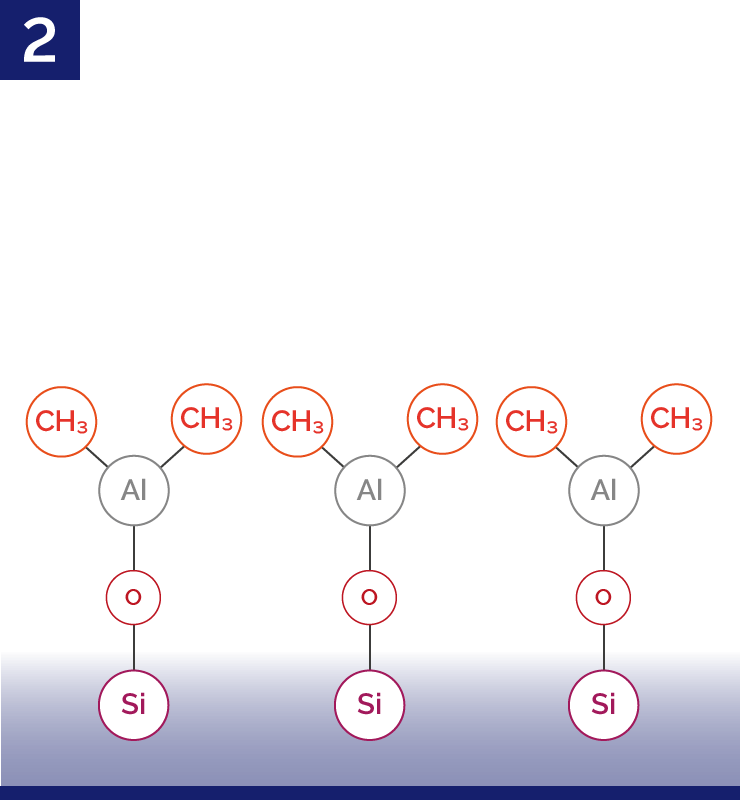
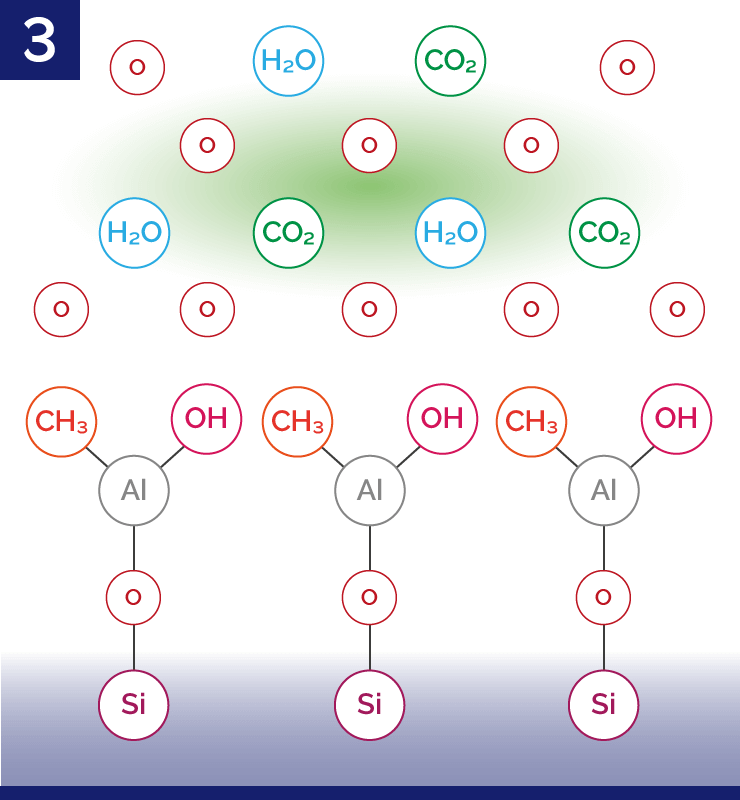
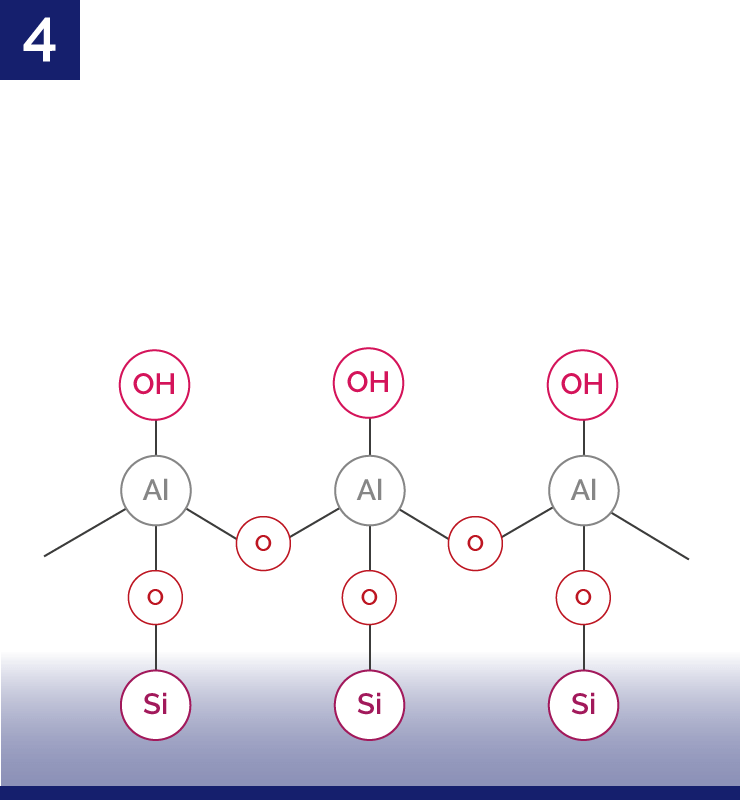
Highlights of Atomic Layer Deposition (ALD):
1) Grow high-quality thin films with extreme thickness accuracy, and only grow a single atomic layer at a time
2) Wafer thickness can reach 200 mm, with typical uniformity <±2%
3) Excellent step coverage even in high aspect ratio structures
4) Highly fitted coverage
5) Low pinhole and particle levels
6) Low damage and low temperature process
7) Reduce nucleation delay
8) Applicable to a variety of materials and processes

Compared with traditional chemical vapor deposition (CVD) and physical vapor deposition (PVD), the advantages of ALD are excellent three-dimensional conformality, large-area film uniformity, and precise thickness control, etc. It is suitable for growing ultra-thin films on complex surface shapes and high aspect ratio structures. Therefore, it is widely applicable to substrates of different shapes and does not require control of reactant flow uniformity.
Comparison of the advantages and disadvantages of PVD technology, CVD technology and ALD technology:
|
PVD technology |
CVD technology |
ALD technology |
|
Faster deposition rate |
Average deposition rate |
Slower deposition rate |
|
Thicker film thickness, poor control of nano-level film thickness precision |
Medium film thickness (depends on the number of reaction cycles) |
Atomic-level film thickness |
|
The coating has a single directionality |
The coating has a single directionality |
Good uniformity of large-area film thickness |
|
Poor thickness uniformity |
Average step coverage |
Best step coverage |
|
Poor step coverage |
\ |
Dense film without pinholes |
Advantages of ALD technology compared to CVD technology (Source: ASM)

Vetek Semiconductor is a professional ALD Susceptor products supplier in China. Our ALD Susceptor, SiC coating ALD susceptor and ALD Planetary Susceptor are widely used in key components of semiconductor manufacturing equipment. Vetek Semiconductor is committed to providing advanced and customizable ALD Susceptor products and technical solutions of various specifications for the semiconductor industry. We sincerely look forward to becoming your supplier in China.
Featured Products
About Us
Our main product offerings include CVD silicon carbide (SiC) coatings, tantalum carbide (TaC) coatings, bulk SiC, SiC powders, and high-purity SiC materials. The main products are SiC coated graphite susceptor, preheat rings, TaC coated diversion ring, halfmoon parts, etc., the purity is below 5ppm, can meet customer requirements.
New Products
News
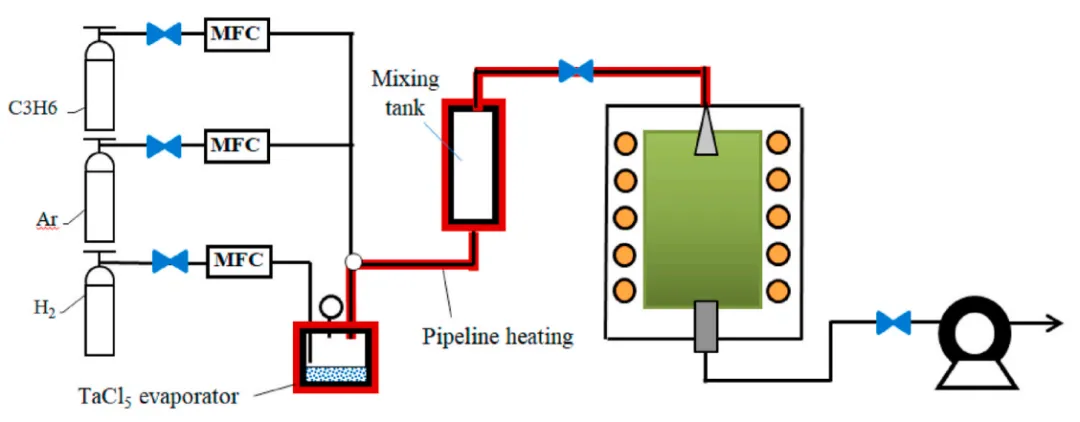
How to prepare CVD TaC coating?
This article introduces the product characteristics of CVD TaC coating, the process of preparing CVD TaC coating using the CVD method, and the basic method for surface morphology detection of the prepared CVD TaC coating.

What is Tantalum Carbide Coating?
This article introduces the product characteristics of TaC coating, the specific process of preparing TaC coating products using CVD process, and introduces VeTek Semiconductor's most popular TaC coating.
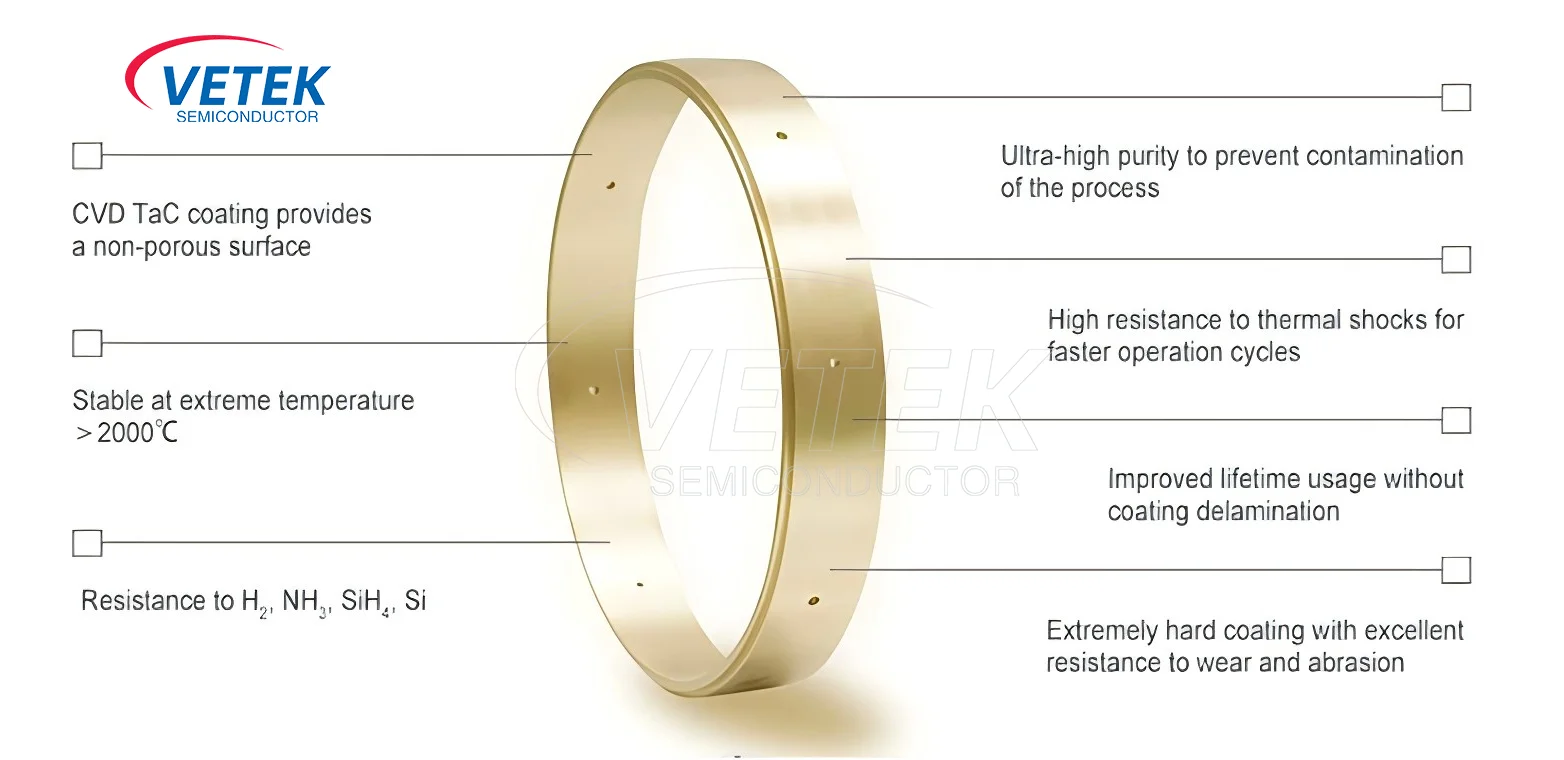
What is TaC Coating ?
This article mainly introduces the product types, product characteristics and main functions of TaC Coating in semiconductor processing, and makes a comprehensive analysis and interpretation of TaC Coating products as a whole.




